

| Created: 2023-03-13 02:42:47 Last Edited: 2023-03-13 22:42:35 | |
| Submitted by: Ariston on behalf of CMDR AristonX | |
| Star System: | Drootiae JC-U d3-7 |
| Coordinates: | -16287.2 / -801.375 / 51777.1 |
| Sol Distance: | 54,284.3 ly |
| Region: | Hieronymus Delta |
| Category: | Planetary Features |
|
| |
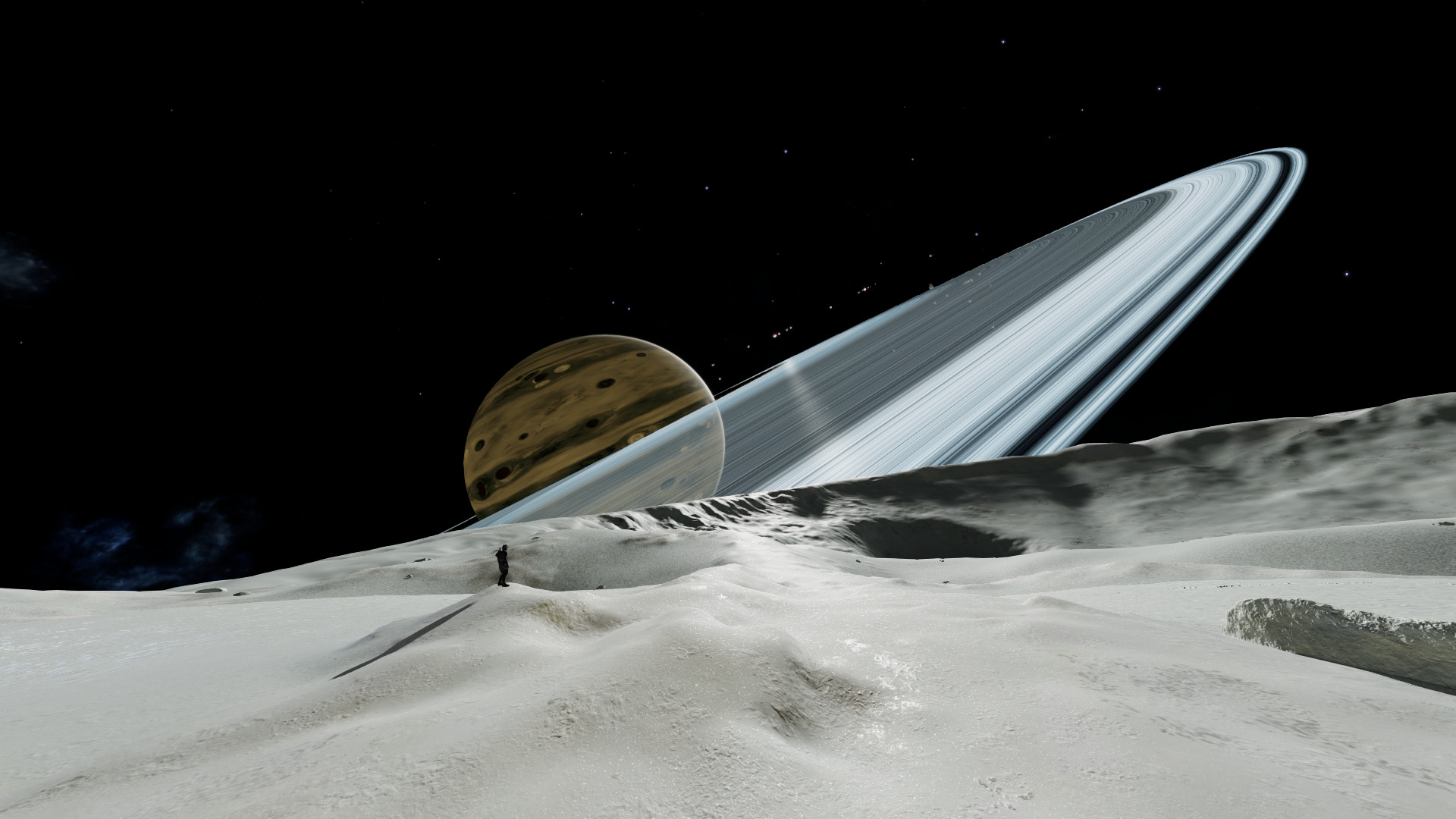 | |
Summary: This giant 95 body system offers stunning views, as well as plentiful pristine tritium reserves for fleet carriers. | |
Description: Drootiae JC-U d3-7, dubbed Maxwell's Expanse by the explorers during the Fatherhood's 3309 Five Regions Expedition, boasts 95 bodies orbiting a binary F and M star pair, in the Hieronymus Delta region, 54,284 ly from Sol and 32,675 ly from Colonia. The system is named after James Clerk Maxwell, who in 1859 discerned that Saturn's rings must be composed of numerous small particles, all independently orbiting Saturn.
The system hosts plenty of opportunities for resource extraction, expeditionary resupply, and planetary exploration: there are 11 ringed bodies with 15 Icy, Metal Rich, and Rocky rings with a total of 62 resource hotspots, including 6 Tritium spots in four separate planetary rings. In addition, this resource rich system offers Alexandrite, Musgravite, Benitoite, Serendibite, Monazite, Low Temp Diamonds, Void Opals, and Grandiderite, much of what a newly founded colony might need. Furthermore, the system also hosts 3 terraformable water worlds and 1 terraformable high metal content world. There are two Gas Giants with Water Based life and two with Ammonia based life. Finally, Maxwell's Expanse is a green system with all premium materials available in surface deposits, and 31 biosignatures on 7 of the system's moons. Notable Bodies:
14 a hugs its parent's icy ring system, with only 327 km separating the moon from the ring at its closest. This proximity makes it possible to distinguish the ring-borne ice chunks and the movement of the ring while standing on the surface of the moon.
The presence of two Gas Giants with ammonia-based life mean non-human signals (crashed Thargoid probes) can be detected strewn about the systems moons. Be careful where you land!
Two thin carbon dioxide moons (10 c & 10 d) are a close binary pair circling one another a mere 542 km apart. The two orbit their Jovian parent at only 1.5 ls, so their proximity makes for some spectacular views. A nested moon (14 c a) orbits its parent (14 c) at a distance of only 2,177 km and completing a single orbit in just 8 hours. | |
: | |
| ID64 Address: | 247589608867 |
| EDSM ID: | 79491491 |


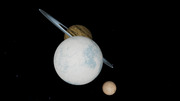
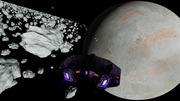
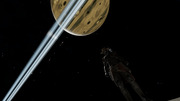
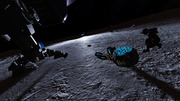
EDSM Traffic Report
| Past Day: | |
| Past Week: | |
| Total: |
EDSM Estimated Value
| Scanned: | |
| Mapped: |
Nearest GEC Neighbors:
| POI Name | Distance | Rating | System |
|---|---|---|---|
| Janssen's Mines | 1,521.85 | 2.50 | Prie Brai WW‑W b1‑3 |
| Distant Home | 1,850.00 | 1.08 | Truechoi MW‑N d6‑15 |
| Maris and Piper | 2,951.90 | 4.85 | Yuetaea IH‑C d0 |
| Thueche AA‑A h16 nebula (T... | 2,976.16 | 4.47 | Thueche YB‑B b5‑0 |
| Crystals to Infinity | 3,345.93 | 3.27 | Syritchi IW‑E d11‑70 |
| Flux Horizon | 3,544.80 | 6.21 | Syritchou FV‑P d5‑7 |
| Six Cradles of Life | 4,231.12 | 1.74 | Truecheia TS‑U d2... |
| Aquatic Octave | 5,692.48 | 3.40 | Pyriviae NY‑Y d1‑66 |
Nearest GMP Neighbors:
| POI Name | Distance | Rating | System |
|---|---|---|---|
| Drootiae Planetary Nebula | 1,057.10 | N/A | Drootiae VU‑O e6‑10 |
| Thuechoo Planetary Nebula | 2,418.93 | N/A | Thuechoo VY‑A e1 |
| Thueche Brahe Nebula | 2,981.92 | N/A | Thueche LS‑A d1‑54 |
| Shadow Geysers | 4,944.50 | N/A | Eufarb UT‑Z d13‑37 |
| Tellurium Fields | 5,608.19 | N/A | Bla Bloae RF‑L d9‑77 |
| Polonium Pitstop | 5,922.96 | N/A | Prai Gruia QT‑Q e5‑6 |
| Syrivoea Planetary Nebula | 6,104.52 | N/A | Syrivoea XE‑R e4‑28 |
| Slatchaa Planetary Nebula | 6,328.87 | N/A | Slatchaa OO‑Q e5‑1 |
Revision History: